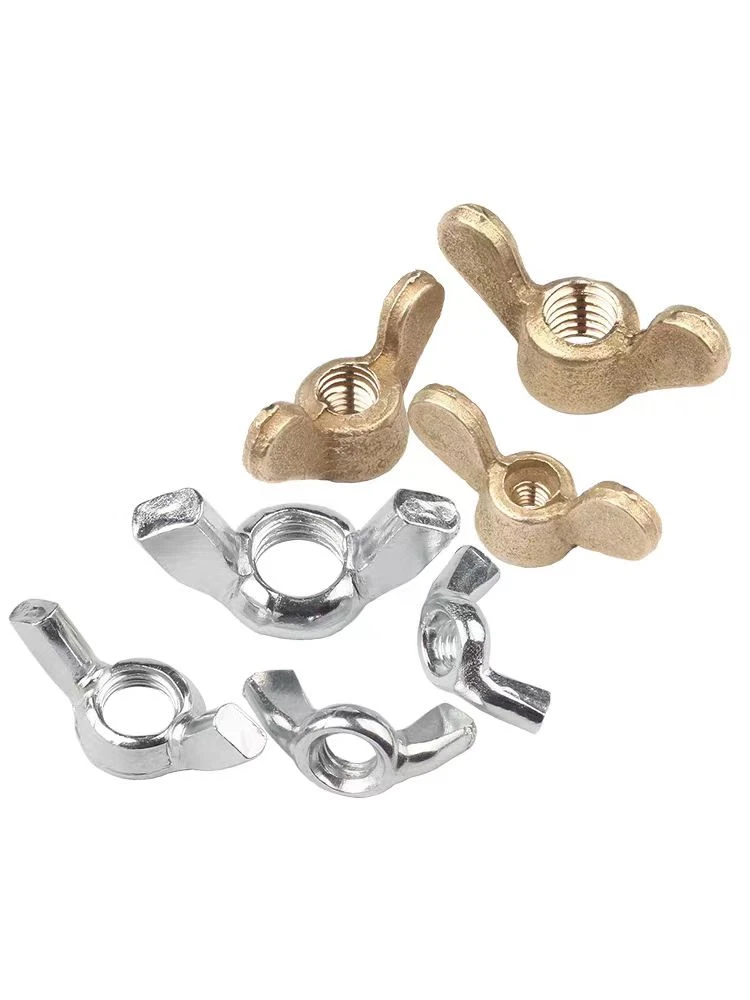

Hex Flange Nut Specifications and Application Guide for Mechanical Fasteners
Sep . 30, 2024 04:08 Back to list
Hex Flange Nut Specifications and Application Guide for Mechanical Fasteners
Understanding Hex Flange Nuts An Essential Component in Fastening
Hex flange nuts are essential components in various mechanical and construction applications. They are known for their unique design and versatility, making them a preferred choice among engineers and builders alike. Throughout this article, we will delve into the characteristics, applications, benefits, and installation methods of hex flange nuts.
What is a Hex Flange Nut?
A hex flange nut is a type of fastener featuring a hexagonal shape with a built-in flange. The flange, which is essentially a smooth, protruding disk, serves several purposes. It provides a larger bearing surface, which helps distribute the load more evenly compared to standard nuts. This feature not only enhances the nut's strength but also minimizes the risk of damage to the surface materials being fastened.
Characteristics of Hex Flange Nuts
Hex flange nuts are typically made from materials like steel, stainless steel, or nylon, depending on the application requirements. Their resilience to various environmental factors, such as corrosion and temperature fluctuations, makes them suitable for outdoor and industrial applications. Additionally, hex flange nuts come in various sizes and thread types, allowing for diverse uses in different projects.
The design also includes a locking mechanism in some variants, which can be achieved through serrated flanges. This feature prevents the nut from loosening due to vibration, making them ideal in applications where movement is expected, such as automotive parts and machinery.
Applications of Hex Flange Nuts
Hex flange nuts are widely used across multiple industries, including automotive, aerospace, construction, and manufacturing
. In the automotive sector, they secure components like engines, suspensions, and transmissions, ensuring vital parts remain intact during operation. In construction, hex flange nuts are used to fasten structural components, providing stability and support to buildings and bridges.hex flange nut

In the manufacturing industry, these nuts are essential for machinery assembly and maintenance. Their ability to withstand high levels of stress and vibration makes them integral to the smooth functioning of machines in factories and workshops.
Benefits of Using Hex Flange Nuts
One of the primary advantages of hex flange nuts is their ability to distribute load effectively. The wider bearing surface reduces the concentration of stress on the surface, minimizing the risk of deformation and damage. This feature is especially beneficial in applications with varying loads and dynamic forces.
Another significant advantage is their resistance to loosening. Many hex flange nuts are designed with serrated flanges that grip the surface material, enhancing stability and reducing the need for constant re-tightening. This quality not only saves time and labor but also improves safety by ensuring that components remain securely fastened.
Additionally, hex flange nuts are often easier to install than traditional nuts, given their integrated flange. The flange can be installed without needing a separate washer, streamlining the assembly process and reducing the number of components required.
Installation Tips for Hex Flange Nuts
When installing hex flange nuts, it's essential to ensure that the mating surfaces are clean and free from debris. This practice ensures optimal contact and load distribution. It is advisable to use the appropriate tools, such as torque wrenches, to achieve the correct tightness, ensuring the nut is securely fastened without over-tightening, which could lead to damage.
In summary, hex flange nuts are invaluable in various applications due to their unique design and functional advantages. Their load distribution capabilities, resistance to loosening, and ease of installation make them a preferred choice for engineers and builders. Understanding their characteristics and benefits can significantly impact the performance and longevity of mechanical systems and structural assemblies.
Latest news
-
High-Strength Hot-Dip Galvanized Bolts-Hebei Longze|Corrosion Resistance&High Strength
NewsJul.30,2025
-
Hot Dip Galvanized Bolts-Hebei Longze|Corrosion Resistance&High Strength
NewsJul.30,2025
-
Hot Dip Galvanized Bolts - Hebei Longze | Corrosion Resistance, High Strength
NewsJul.30,2025
-
High-Strength Hot Dip Galvanized Bolts-Hebei Longze|Corrosion Resistance, Grade 8.8
NewsJul.30,2025
-
Hot Dip Galvanized Bolts-Hebei Longze|Corrosion Resistance,High Strength
NewsJul.29,2025
-
High-Strength Hot Dip Galvanized Bolts - Hebei Longze Metal Products Manufacturing Co., Ltd.|corrosion resistance&high strength
NewsJul.29,2025

